Spotify or Tidal: Which Streaming Service Sounds the Best?
Quick Answer
Although which service sounds better may be subjective to some, Tidal provides higher quality masters using lossless files, whereas Spotify streams music using an AAC lossy format. If you intend to use lower quality formats to reduce data usage then Spotify may be better the better option.
Spotify or Tidal: Which Streaming Service Sounds the Best?
Although we can’t say one objectively sounds better, one service provides files with less aliasing, encoding distortion, and with a fuller frequency spectrum.
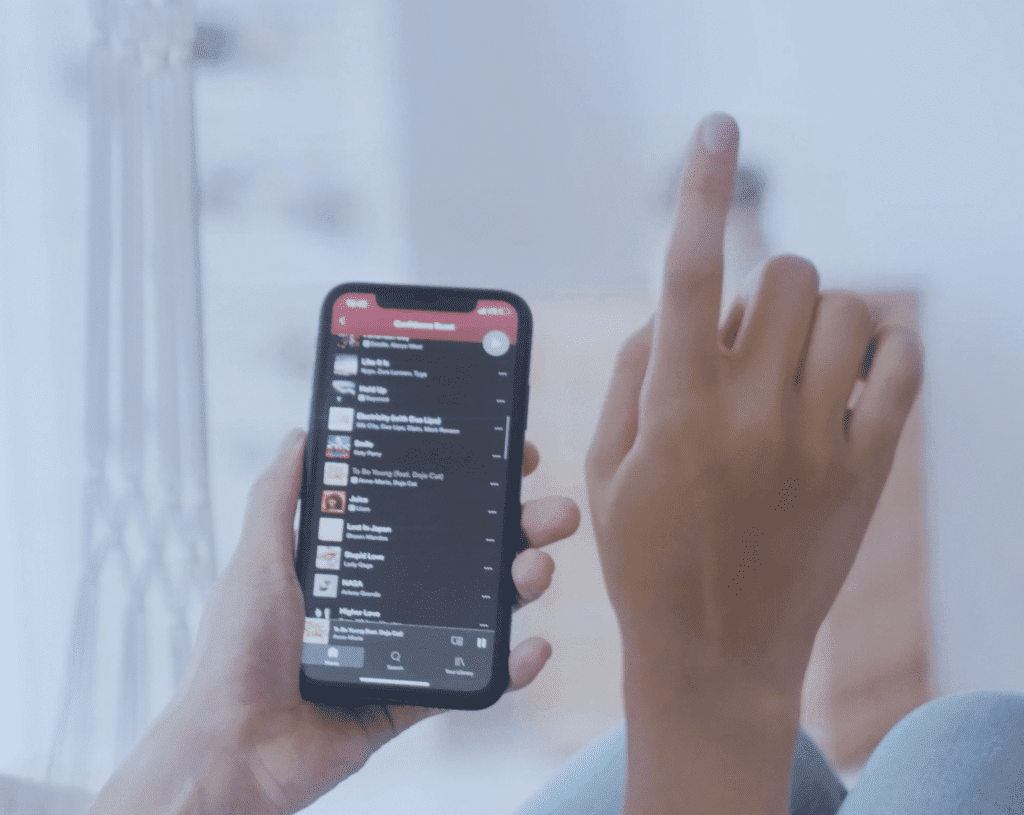
Since Tidal was released, people have wondered if it truly sounds better than Spotify.
Tidal provides both lossy formats at lower quality settings and lossless formats at higher settings. Their hi-fi setting is a lossless 44.1, 16-bit file, whereas their Master setting is typically 96kHz, 24-bit.
It should be noted that their master quality can go up to a 384kHz sampling rate, which is pretty impressive.
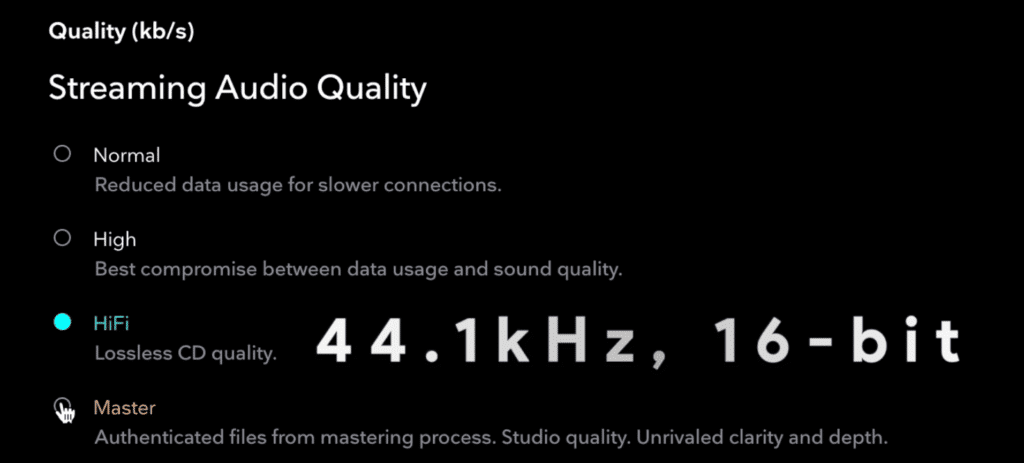
Tidal's streaming offers lossless file types than can support up to 384kHz, 24-bit.
On the other hand, Spotify now uses an AAC lossy format (replacing the Ogg Vorbis format previously used). The quality of these AAC files ranges from a very low 24kbps to 320kbps.
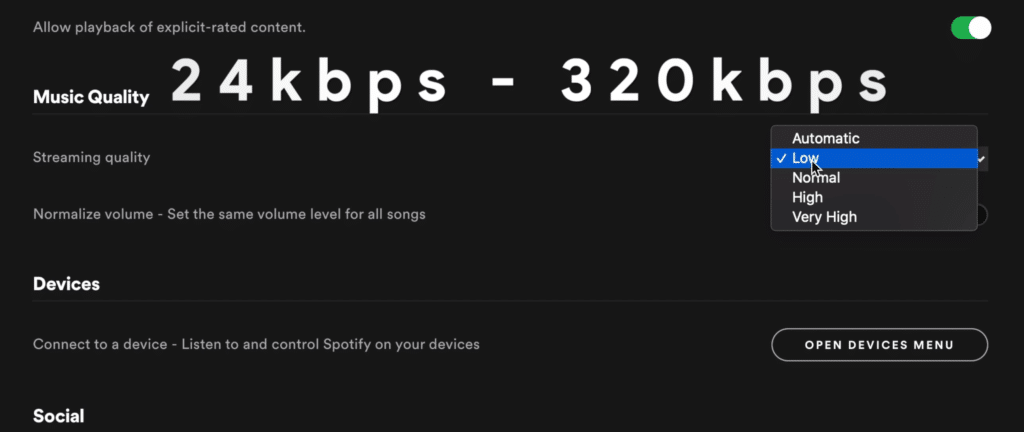
Spotify's quality ranges from 24kbps to 320kbps.
But understanding these settings from a technical standpoint doesn’t help us understand which service sounds better.
To understand this, we’ll need to listen to various genres using the settings we just described.
We’ll listen to Pop, Rock, and Rap tracks to determine which streaming service offers better quality.
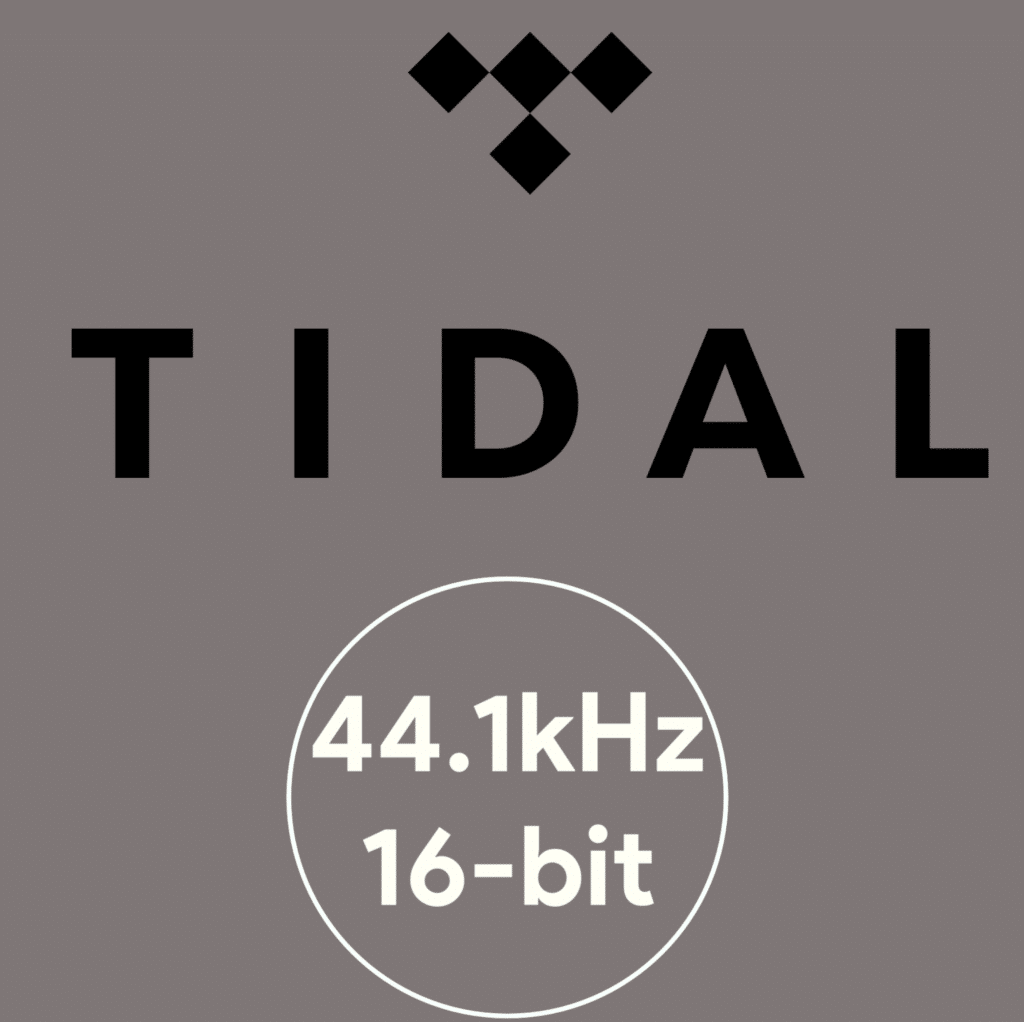
The files played from Tidal will be 44.1kHz 16-bit.
The files played from Spotify will be 320kbps, 160kbps, and 24kbps.
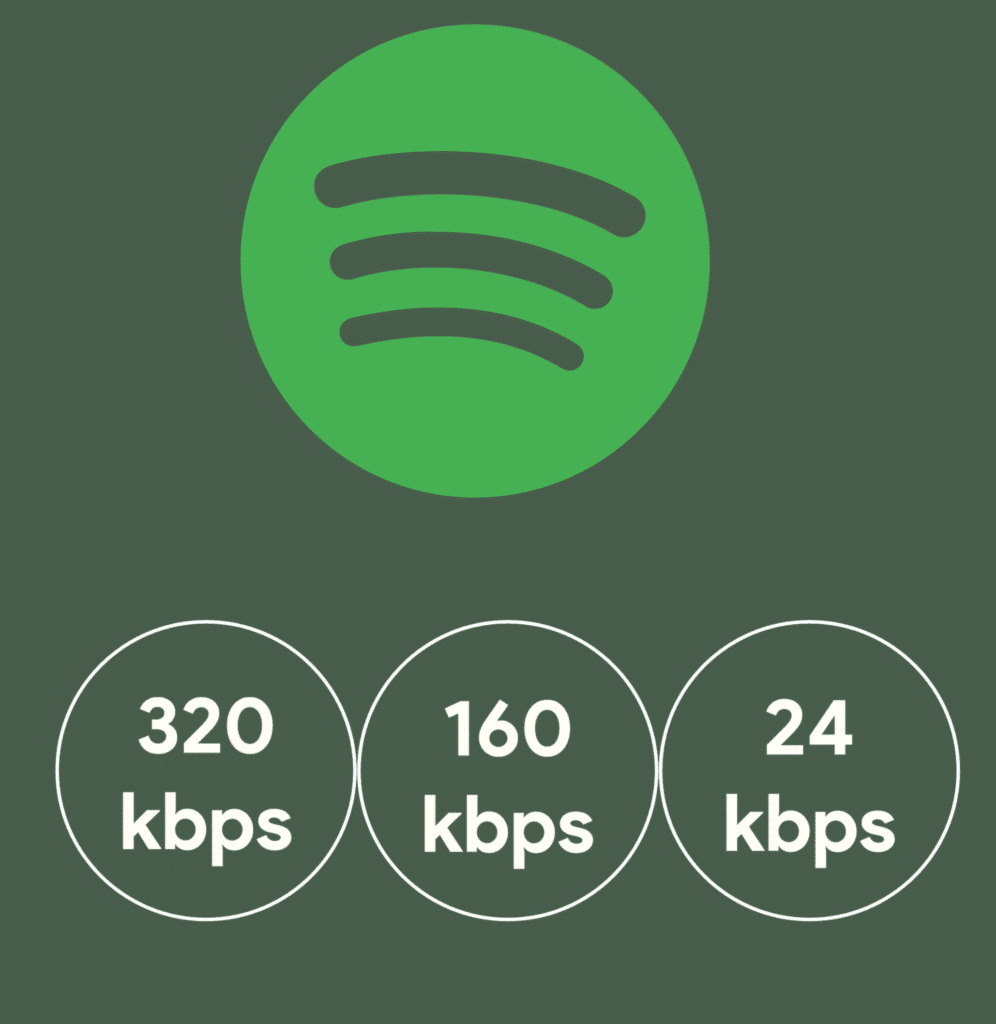
Here are the tracks that we'll listen to from Spotify.
To make things more interesting we’ll make this a blind test so that each file isn’t identified until we’ve listened to each one of them. Be sure to use some headphones and your best playback system when doing these tests to get the best results.

We'd recommend that you use headphones for this test.
One important thing to note is that for the pop, rock, and rap tracks, it was just about impossible to find a Master Quality version on Tidal that is still public domain, so these have been recorded in as 96kHz 24-bit files via analog equipment using a Tidal Hi-fi quality 44.1kHz 16-bit file.
If you have a track that you’d like to hear mastered, send it to us here:
We’ll master it for you and send you a free mastered sample to review.
Does Spotify or Tidal Sound Better for Pop Music
Ganja by Ooyy
Track 1: 44.1kHz, 16-bit
Track 2: 160kbps
Track 3: 24kbps
Track 4: 320kbps
Does Spotify or Tidal Sound Better for Rock Music
Power of Balance by Dissidence
Track 1: 24kbps
Track 2: 44.1kHz, 16-bit
Track 3: 320kbps
Track 4: 160kbps
Does Spotify or Tidal Sound Better for Rap Music
Freeze by Nbhd Nick
Track 1: 320kbps
Track 2: 24kbps
Track 3: 160kbps
Track 4: 44.1kHz, 16-bit
Were you able to guess these right? Let us know in the comment section below - we’d be interested to see if you could figure out which was which.
Also, it’s important to keep in mind that even if you couldn’t consciously perceive a difference, that doesn't mean it didn’t have an effect.

Even if we couldn't consciously tell a difference, it could still elicit an emotional response.
One study conducted by the Audio Engineering Library found that “MP3s have distinct effects on timbral and emotional characteristics - tending to strengthen negative emotional qualities and weaken positive ones.”
This means that even if we can’t discern which one is the AAC and which is the PCM file type, we may be able to experience it on an emotional level.
If you’d like more videos like this one, check out our other blog post on a very similar topic:
In it, we test an MP3, a Wav, and an AAC file using a blind test to figure out which one is the best.
Why Do Lossless Files Sound Better than Lossy Files?
Lossless files compile data that is redundant, making for a smaller file size but one that is unpack-able with all of its original information. Lossy files delete data in areas of the frequency response that are difficult to hear - the file size is smaller but the quality is reduced.
There is also a big difference between lossless and lossy when it comes to the bit-depth. Lossless files have a set bit depth, meaning it stays the same throughout the song.
Lossy files on the other hand use a variable bit-depth to reduce the file size.
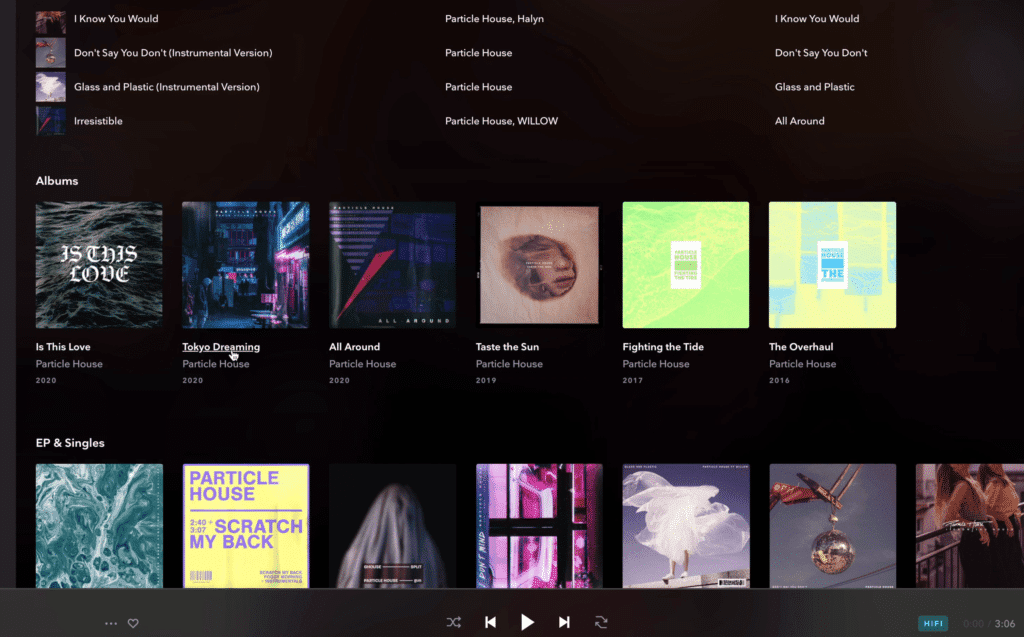
Because Tidal uses lossless files, you'll rarely run into aliasing, clipping, or other forms of audio degradation.
The bit-depth plays a huge part in accurately storing information at specific amplitudes. When the bit-depth is reduced, so is the accuracy with which bits of information are stored or quantized.
When bits can’t be accurately placed, they often cause clipping distortion which generates harmonics and other unpleasant artifacts.
Although lossy formats often use a sampling rate of 44.1kHz, just like a CD and some PCM files,the amount of information present at each sample or its bit-rate will vary.

Here's an example of some of the distortion that could occur when converting a track to lossy files.
This results in more unwanted artifacts like aliasing, which causes almost a whooshing or planning effect, especially in the high-frequency range.
All this to say that these technical aspects do play a big role in determining whether Tidal or Spotify sounds better. The lower the quality of the streaming, the less information is being given to listeners, as more unwanted artifacts are making their way into the signal.
With that said, if this matters to you, I’d definitely recommend trying Tidal and using the Hi-Fi and Master settings. It isn’t great to use if you’re using your phone due to how much data it can take up, but it is great when connected to wifi.
Despite this, Tidal will, at least in my opinion, always sound better than Spotify.
For more information on file formats and the technical side behind streaming music, check out our video and blog post on the topic:
In it we count down our picks for the best audio file formats, considering factors like quality, file size, and how easy it is to share the file.
Conclusion
Spotify lowers the quality of the music it streams by compressing the audio. It can also cause distortion to the sound by decreasing the bit-depth during the encoding process.
Due to these issues, Spotify will often deliver degraded audio.
Because Tidal uses a lossless format, one as high as 96kHz, 24 - bit, the issues Spotify has aren’t cause for alarm when using tidal.
Although you may prefer the sound of Spotify, odds are, the best possible sound will come from Tidal.
If you have a track that you’d like to hear mastered, send it to us here:
We’ll master it for you and send you a free mastered sample to review.
Which do you prefer, Spotify or Tidal?




